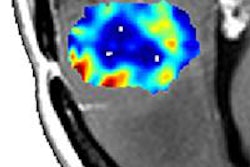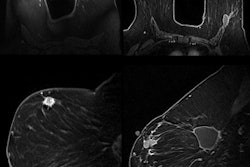Patients who undergo radiation therapy (RT) for glioblastoma experience the same patterns of failure regardless of whether smaller or larger radiation fields are utilized, according to a study published in the American Journal of Clinical Oncology.
When smaller, limited margins are used for irradiating an aggressive brain tumor, healthy tissue is spared the damage caused by radiation. This can help preserve cognition, lessen the symptoms of radiation toxicity such as nausea and tiredness, and improve overall quality of life (Am J Clin Onc, December 1, 2012).
After evaluating the types of treatment and outcomes of 161 glioblastoma patients, researchers from Wake Forest Baptist Medical Center in Winston-Salem, NC, determined that modern treatment techniques did not greatly change the failure patterns for glioblastoma. They compared patterns of failure and time to progression and overall survival based on clinical target volume (CTV) margin, the dose delivered to the site of initial failure, the use of intensity-modulated radiation therapy (IMRT), and the use of concurrent temozolomide.
The patients had been treated between August 2000 and May 2010. Their radiotherapy treatments used clinical target volumes that ranged from 5 mm to 20 mm using a shrinking-field technique. Some of the patients were also prescribed concurrent chemotherapy (temozolomide).
There was no statistical difference regardless of target volume size and the radiation dose received (46 Gy or 60 Gy), according to lead investigator Dr. Michael D. Chan, assistant professor of radiation oncology. Eight percent of patients receiving temozolomide experienced failures in the 60-Gy volume.
While patients with glioblastoma may be living longer due to improved treatments, the size of the margin treatment field had no effect on overall survival or locoregional failure, Chen said. He and his colleagues believe that these findings could be practice-changing for these cancer patients.



















